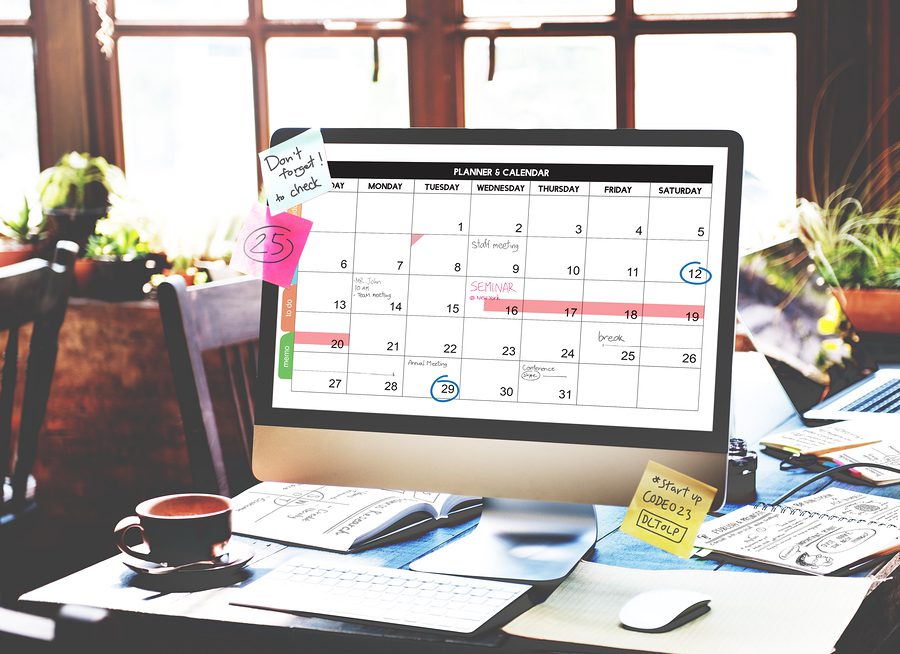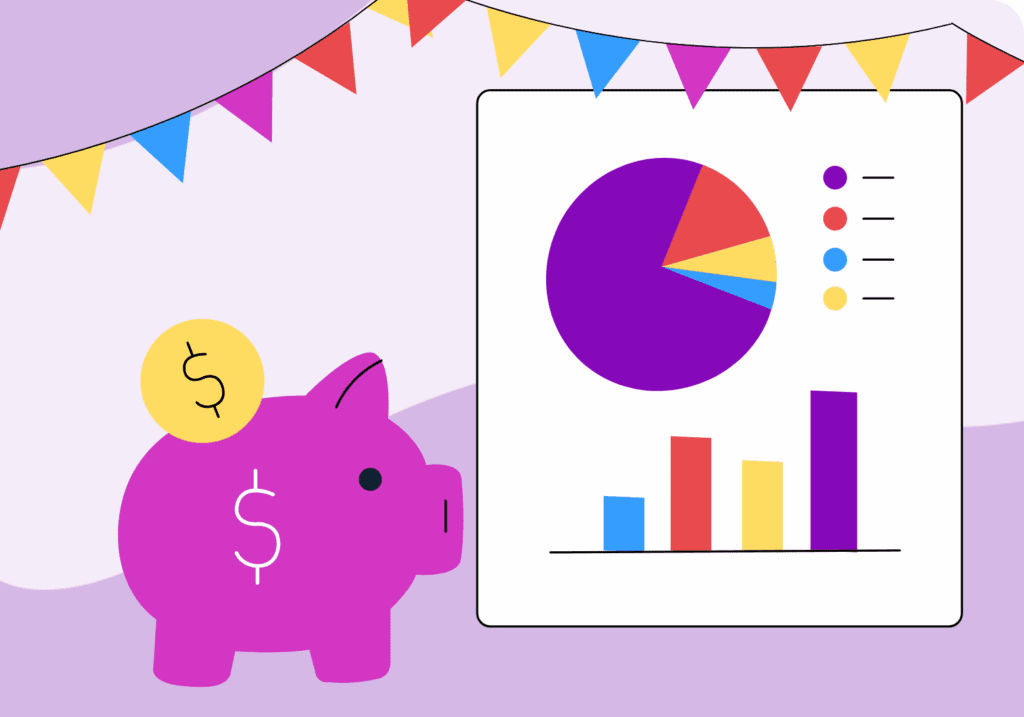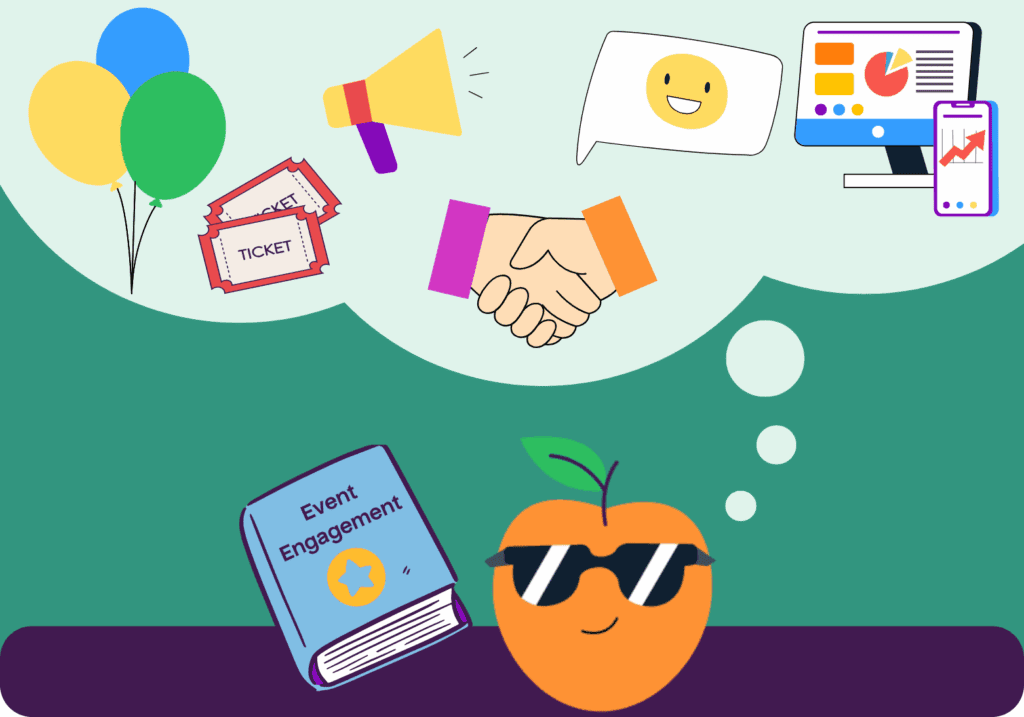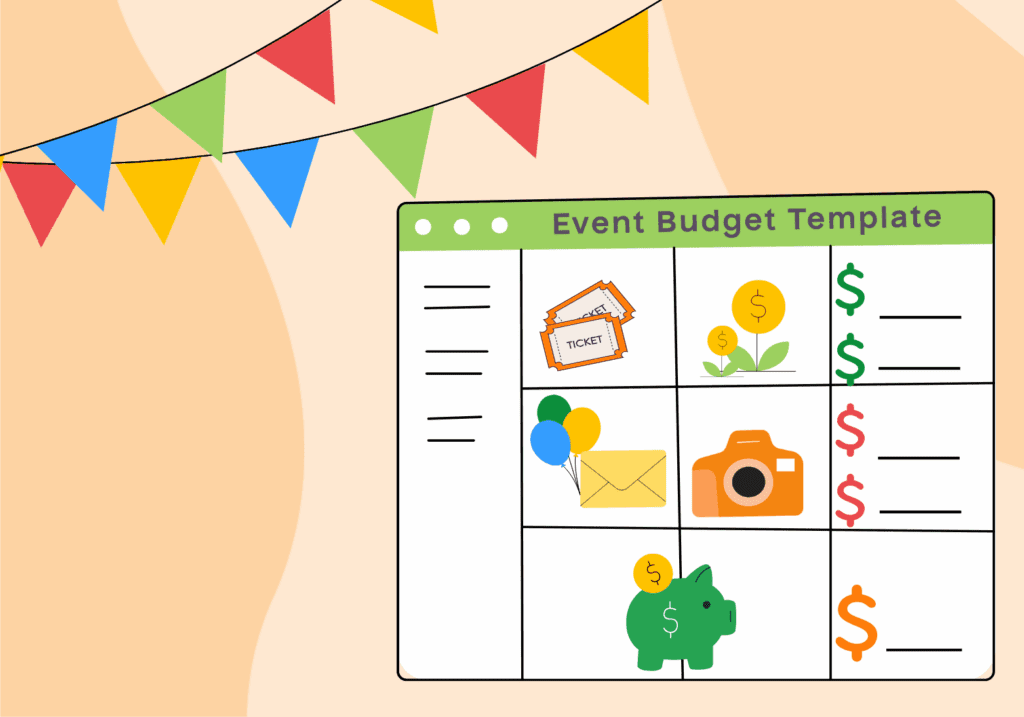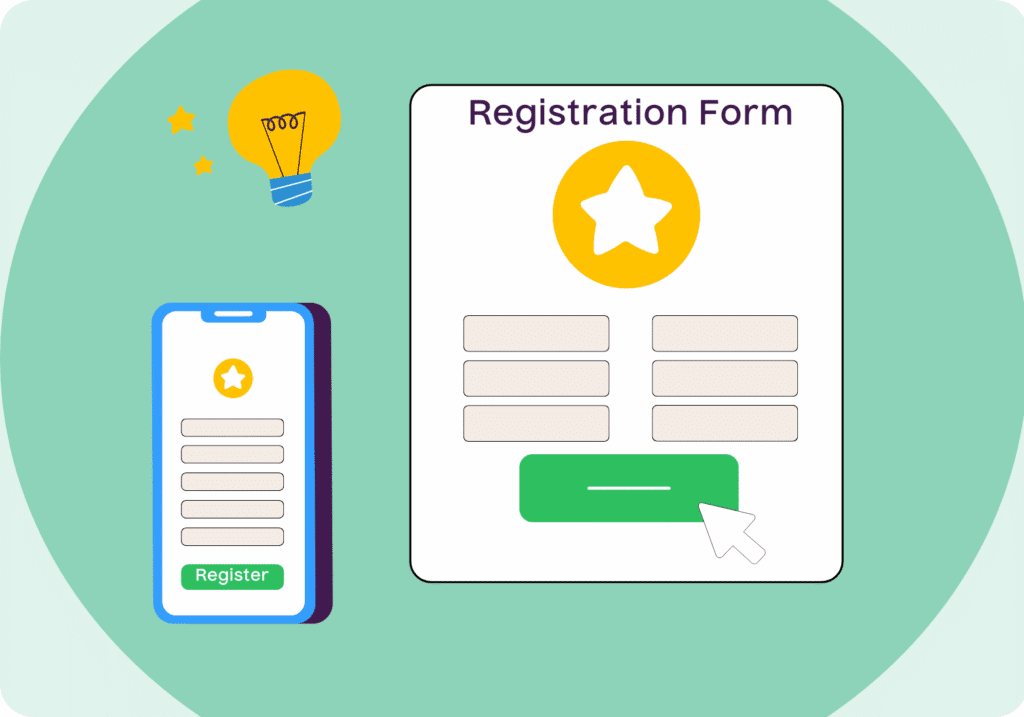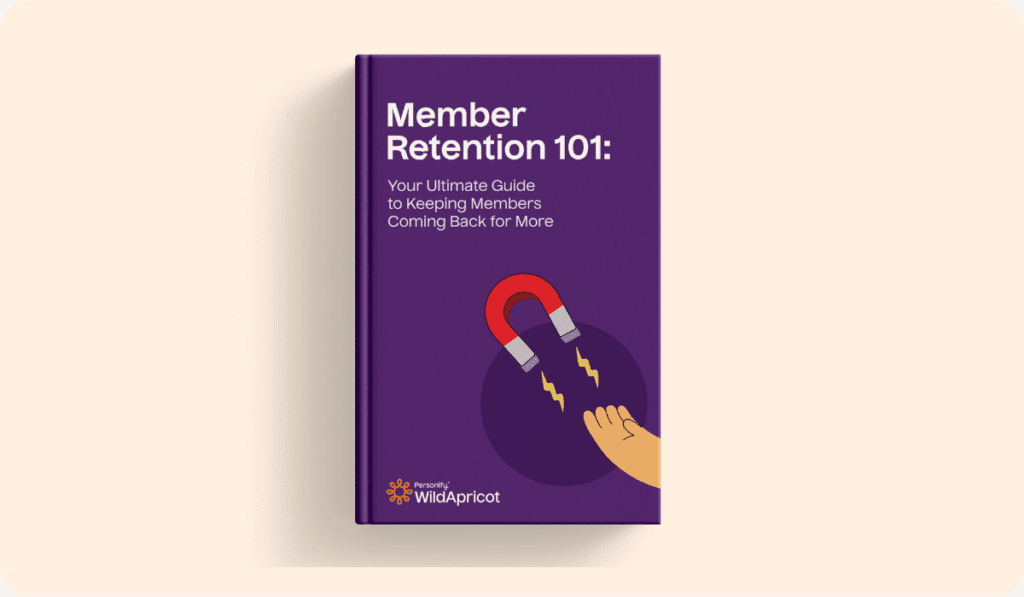Because we host a webinar every single month, we’ve tested out dozens of reminder emails to maximize registrations. This is our best strategy, which has increased registrations over 200%.
While we use this strategy to maximize online event registrants (webinars), you can also apply this formula to many other situations. Event reminders, renewal reminders, reminders to members to update their info, etc.
Every month WildApricot hosts at least 1 free webinar that Lori and I promote to all our email subscribers.
If you’re not familiar with our webinars, we recruit some of the most well-known nonprofit experts in the sector (such as John Haydon, Beth Kanter, and Dr. Rick Lent) to share their strategies on how to run a membership-based organization more effectively.
One of our goals every time we host a webinar is to maximize registrants.
And because we have at least 1 webinar a month, we send a lot of email reminders.
It’s been the perfect opportunity to test out:
- how many emails we should send
- when we should send them
- what each email should contain.
And while the formula we’ve discovered isn’t perfect, it works really, really well. So well, that regardless of the topic or speaker we bring in, we can always expect a consistent amount of registrants.
Here’s what we’ve learned.
(By the way, I’ve summarized all the main points in this article in a guide for creating email reminders for online events.)
Send 3 Email Reminders to Maximize Attendance
Each expert webinar presenter also promotes the webinar to their list, so the stats I’m showing are only for the emails that I can control and not based on total registrants, because some registrants come from the expert’s list.
Take a look at this summary chart of the registration averages based on how many email reminders we sent to our list.
| Number of Email Reminders | Average Registrants | Percentage increase over 1 email reminder |
| 1 email reminder only | 256 | – |
| 2 email reminders | 474 | +85% |
| 3 email reminders | 807 | +215% |
| 4 email reminders | 798 | +212% |
Notice that there’s no significant increase when 4 reminders are sent versus 3?
Does this matter? Should you send 3 or 4 emails?
I’d say 3. As the saying goes, less is more.
It’s better to be concise, than keep emailing people who may have decided that they don’t want to sign up.
Plus, good things come in 3!
This is a good time to note that the first email sent explains what the online event is really well, so that people know whether or not they want to attend.
Okay, so this answers the question of how many, now…
Lori and I have tested sending out reminders anywhere from an hour before the event to 11 days before the event.
We’ve also tested out different times of day and different days of the week.
Here are the basic results:
| Day Sent |
Average Registrants as % of Total Registrants | |
| 1 | 2 Days Before Event to 11 Days Before Event | 42% |
| 2 | Day Before Event | 29% |
| 3 | Day of Event | 29% |
On average, 42% of attendees signed up anywhere from 2 days to 11 days before the event, whereas 29% signed up the day before the event, and 29% signed up the day of the event.
So if 100 people are going to register, I can expect…
- 42 will sign up a week before…
- 29 will sign up the day before…
- 29 will sign up the day of.
A few things come to note here.
For one, there wasn’t a significant difference in sending the 1st email 2 days before the event or 11 days before the event.
Since our webinars occur online, people can quickly move around their schedules at the last minute since they only have to be sitting at their computers.
Plus, we also promise a free recording of the webinar in case people miss it. This causes more people who might be busy during the webinar window to sign up.
However, we’ve made it a best practice to send out a reminder email the week before to give people a chance to figure out their schedules or share it with their network.
Another interesting thing was that the time of day didn’t have a significant impact on registrants. It didn’t matter if we sent an email at 9:30 am or 4:30pm, however we aim not to send emails too close to the end of the business day, or on weekend.
Based on our analysis…
The best way to maximize online webinar attendance without overdoing it is to send 3 email reminders:
- 1 email the week before.
- 1 email the day before.
- 1 email the day of.
The next question is: What should be in your email?
Subject Lines Matter The Most!
You’d think that every email should contain a unique message, however we’ve noticed no correlation between sign ups and the contents of the email.
In fact, we’ve learned not to spend any time rewriting the copy and we literally keep the contents of the email identical.
The hardest part about reminding someone about an online event is just getting them to read the subject line. If we can do that, we’ve already won the battle.
Take a look at this email decision tree I’ve created. Notice that by providing a recording, we’ve added an option for people with scheduling conflicts to still sign up.
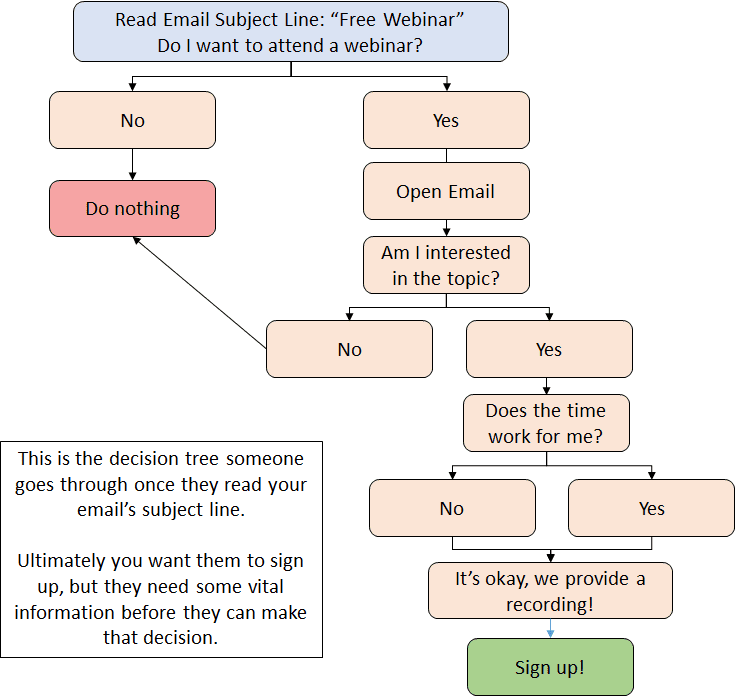
From our tests, the one major thing that’s made a difference in the actual email message is the subject line.
The subject line.
Within the subject line itself, there are two things that matter:
- time of the event
- that it is a Free Webinar.
You’ll notice that all our webinar invite emails always start the same way
“Next Thursday. Free Expert Webinar…”
“On Tomorrow! Free Expert Webinar…”
etc.
These two things (time and free webinar) stand out in a long list of unopened emails.
The time tells people how urgently they need to open the email, and “Free Expert Webinar” tells them what it is.
We have found that the topic of the webinar does matter somewhat (certain topics are more popular than others), but the most important bit is that it says “Free Expert Webinar”.
Since “Free Webinar” doesn’t change, the only thing that changes is the urgency of the date. We typically use:
- Next [Date]
- On Tomorrow!
- Today!
This also lets someone who may be interested know how much time they have left to sign up.
I’ve outlined all these tips, and even included a template for you to work off of and some example emails in a short guide, which you can download here.
How to Structure the Body of the Email Reminder
As for the actual email message, we’ve also formulated what we’ve found to work best.
We’ve tested out a lot of things to learn how to maximize click-through rates within the email:
- buttons
- links
- copy
- length
- all text emails
- all image emails
- and many other things including the email signature and even a P.S. at the end.
One thing we’ve discovered (surprise, surprise) is that people don’t read.
Once they’ve opened the email, they’re looking for basic information that they want right away:
- Topic
- What they’ll learn
- Time
- Date.
Here is the formula we’ve found to work best to convey all this information and maximize click-through rates:
- A large image with the title of the webinar (and/or presenters)
- The time of the webinar
- The name of the webinar as a link to the registration page
- A longer description of the webinar with another text link
- 3-4 short bullet points as a summary of the key take-aways from the webinar
- A large “save my seat” button that links to the registration page
- The time and date directly below the sign up button
Here’s an example of an email reminder that follows this format:
| Day of Event |
Apply this Strategy to Your Events, Renewals, and More
Next time you see an email from us about an upcoming webinar, you’ll know our strategy!
Don’t think of this strategy for webinars only. You can apply this strategy to any online reminder, or event you need to send out.
Just remember this simple formula: 3 emails: 1 week, 1 day, and the day of.
I’ve prepared a short guide on all this and even included a template with some examples for you to work off of. You can download it here.
It Only Starts Here
As I said before, there are many other types of online events you can apply this strategy to. Once you do, it’s important to start analyzing your own email campaigns to optimize them for your unique members.
Read More: How to Plan an Event: The Complete Event Planning Guide

